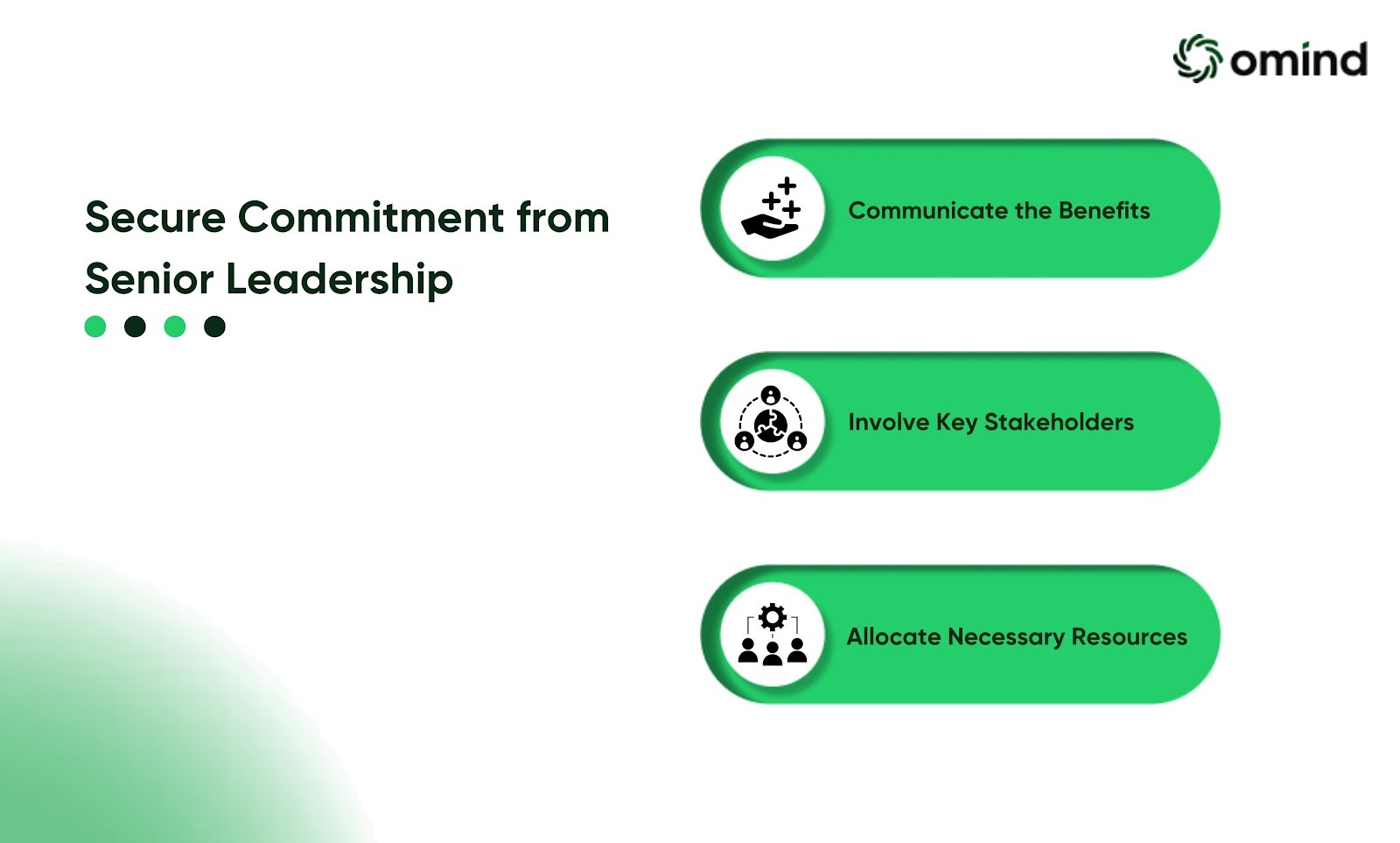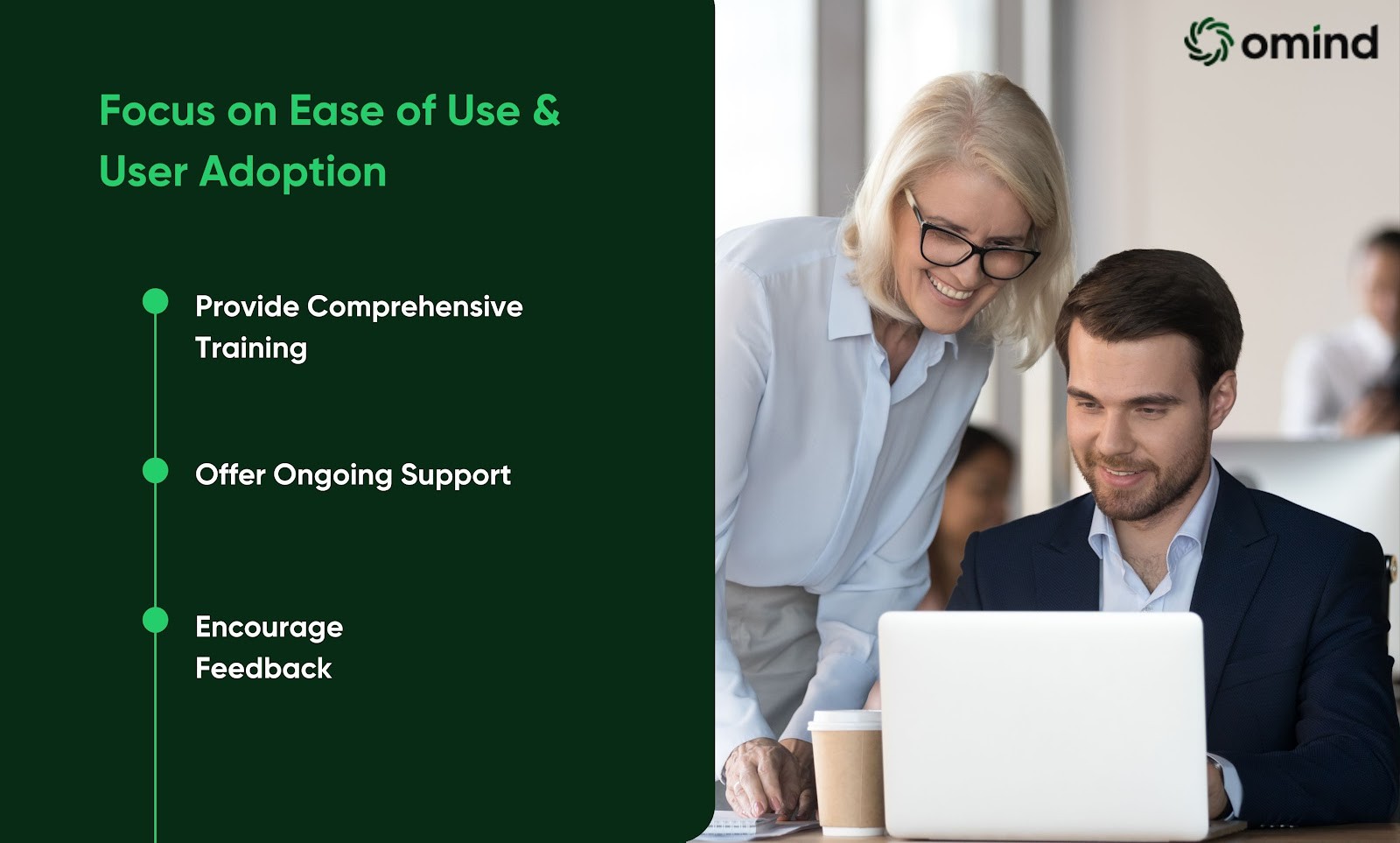Retaining top talent has become a challenge for CXOs and business leaders around the world. A report from 2023 suggests that over 49% of employees feel their employers aren’t doing enough for them. However, this is slowly changing; companies are increasingly recognizing the importance of employee experience management. Another 2023 study from Zendesk shows that 83% of EX professionals now believe that a positive EX ensures a happy, engaged workforce, translating into significant business benefits.
Read on to find out just how important employee experience management is and what steps can be taken to ensure you have happy employees.
Why Employee Experience Management Matters
Investing in EX creates a ripple effect that positively impacts a company's bottom line. Here's how:
Boosts Employee Engagement: When employees feel valued and supported, they're more likely to be engaged and enthusiastic about their work. This translates into increased productivity and a stronger sense of ownership.
Improves Productivity and Innovation: Engaged employees are more likely to go the extra mile, contributing fresh ideas and solutions that drive innovation. They're also more efficient, leading to increased productivity.
Enhances Customer Service: Happy employees translate into happy customers. Engaged employees are more likely to deliver exceptional customer service, leading to higher customer satisfaction.
Reduces Employee Turnover and Associated Costs: A positive EX reduces employee turnover. The cost of replacing an employee can be significant, so retention is a major benefit of strong EX management.
Key Features of Employee Experience Management Software
Employee experience management (EXM) software, such as Omind’s Workspace, can be a powerful tool for organizations seeking to create a thriving workplace. By providing a centralized platform for managing various EX initiatives, EXM software equips companies with the necessary tools to improve the employee experience. Here are key features to look for:
User-Friendly Interfaces and Easy Navigation: The software should be intuitive and easy for employees to use, regardless of technical expertise. A clear and simple interface encourages engagement and facilitates data collection.
Comprehensive Analytics and Reporting Tools: EXM software should provide robust data analysis features. These tools help identify trends, track progress over time, and measure the impact of EX initiatives on key metrics.
Customizable Dashboards: The ability to personalize dashboards allows employees and managers to focus on specific metrics relevant to their roles. This provides targeted insights and promotes data-driven decision-making.
Automated Feedback and Recognition Systems: Regular feedback and recognition are crucial for boosting employee morale. EXM software can automate feedback loops and recognition programs, ensuring employees feel valued and appreciated.
Integration with Existing Systems: Integration with existing HR and business systems streamlines data collection and analysis. This eliminates manual data entry and promotes a holistic view of the employee experience.
Points To Note For Successful EXM Software Implementation
To maximize the benefits of EXM software, careful implementation is key. Here are essential strategies to consider:
Secure Commitment from Senior Leadership

Gaining buy-in from senior leadership is crucial for successful EXM software implementation. Leadership endorsement demonstrates a commitment to improving the employee experience and encourages participation from all levels of the organization.
Communicate the Benefits: Clearly articulate the potential benefits of EXM software to senior leadership, highlighting how it can improve employee engagement, productivity, and overall business outcomes.
Involve Key Stakeholders: Engage key stakeholders in the decision-making process to ensure their support and alignment with the EXM initiative.
Allocate Necessary Resources: Ensure that adequate resources, including budget, time, and personnel, are allocated to support the implementation and ongoing use of the software.
Ensure Scalability and Flexibility
Choose EXM software that can scale with your company's growth and adapt to evolving EX initiatives. The software should be flexible enough to accommodate future needs and changes in your organization's structure or priorities.
Consider Future Growth: Evaluate the software's scalability to ensure it can handle increased user loads and data volumes as your company expands.
Assess Customization Options: Look for software that offers customization options to tailor the platform to your specific needs and workflows.
Stay Updated on Software Updates: Regularly review software updates and upgrades to ensure that the platform remains compatible with your evolving requirements.
Focus on Ease of Use and User Adoption

Prioritizing user-friendliness throughout the implementation process is essential for ensuring high adoption rates among employees. Invest in training and user support to help employees effectively utilize the EXM software.
Provide Comprehensive Training: Offer clear and concise training programs to educate employees on how to use the software efficiently.
Offer Ongoing Support: Establish a dedicated support channel to address employee questions and concerns promptly.
Encourage Feedback: Gather feedback from employees to identify any usability issues and make necessary improvements.
Choose Vendors with Strong Support
Select an EXM software vendor with a proven track record and a commitment to ongoing support. Look for vendors with a strong reputation for customer service and software updates.
Research Vendor Reputation: Investigate the vendor's reputation in the market and read customer reviews to assess their reliability and responsiveness.
Evaluate Support Services: Consider the level of support offered by the vendor, such as phone, email, and online resources.
Assess Software Updates: Ensure that the vendor provides regular software updates to address new features, bug fixes, and security enhancements.
Best Practices for Employee Engagement
Employee experience management software is a valuable tool, but it's only one piece of the puzzle. Here are additional best practices to nurture employee engagement:
Regular and Transparent Communication: Regular, open communication builds trust and a sense of belonging. Employees appreciate being kept informed about company decisions, strategies, and goals.
Providing Growth Opportunities and Career Development: Investing in employee development shows a commitment to their long-term success. Offer training programs, mentorship opportunities, and career development resources.
Recognizing and Rewarding Achievements: Publicly acknowledging and rewarding employees' achievements boosts morale and motivates others. Create a culture of recognition that celebrates individual and team accomplishments.
Building a Positive and Inclusive Company Culture: A positive and inclusive work environment encourages collaboration and innovation. Promote diversity and inclusion initiatives to create a workplace where everyone feels valued and respected.
Measuring the Impact of Employee Experience Management

Tracking the results of your EX efforts is crucial for demonstrating success. Here's how to measure the impact of your EX programs:
Track Employee Engagement Metrics and Feedback: Use EXM software and surveys to gather employee feedback on engagement and overall experience. Track key metrics like employee net promoter score (eNPS) over time to measure progress.
Analyze Productivity and Performance Improvements: Monitor key performance indicators (KPIs) to assess changes in employee productivity and performance. Look for improvements in areas like output, efficiency, and error rates.
Assess the Overall Impact on Company Culture: A positive EX contributes to a healthy company culture. Measure changes in employee happiness, teamwork, and overall morale. Additionally, track customer metrics to assess the indirect impact of EX on customer outcomes.
Conclusion
Employee experience management is an investment that yields significant returns. By prioritizing EX, companies create a positive work environment that attracts and retains top talent. Investing in EXM software and implementing effective strategies can transform your workplace into a thriving hub of engagement and innovation.
If you’d like a helping hand when it comes to understanding your employees, Omind is your answer. Omind uses the best of AI to bring to you an employee experience management solution that lets you create a quantitative analysis of how your employees are doing. To see how our platform works, schedule a demo today.
AUTHOR
Team Omind
Empowering Businesses with Unified Customer Experience Platform, Leveraging Advanced AI and Intelligent Automation
PRODUCT
Employee Life Cycle Management
Share LINK
Related Blogs




